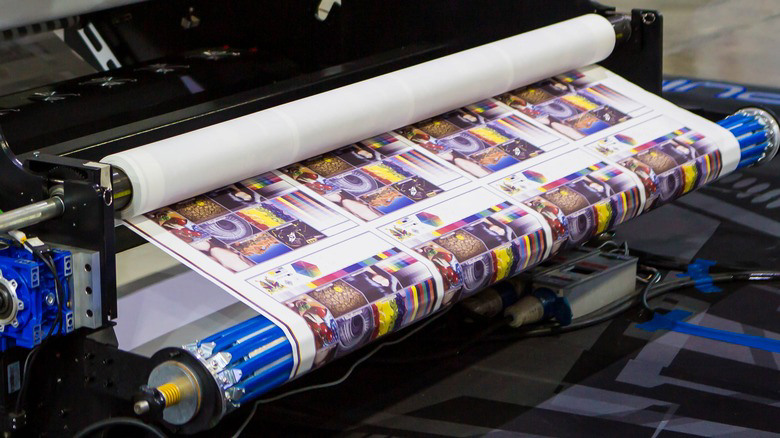When it comes to printing vibrant images on fabrics, coffee mugs, banners, and home decor items, two of the most common technologies are dye sublimation printing and inkjet printing. While both are forms of digital printing, they operate quite differently in terms of materials, process, and final results. Let’s explore how sublimation printing works, how it compares to traditional inkjet printing, and what each method is best suited for.
Dye sublimation printing is a unique digital printing technique that uses special inks and special transfer paper to print designs onto light colored, 100% polyester or polyester blends. The process involves printing the image in reverse onto the transfer paper using sublimation printers, and then using a heat press to transfer the image onto the final product.
Under high temperature and pressure, the solid dye particles sublimate—that is, they turn directly into gas—bonding with the polymer molecules of the material. This allows the sublimation designs to become a part of the fabric, resulting in a vibrant print that won’t peel, fade, or crack over time.

Inkjet printing, on the other hand, is a more general-purpose printing technology that sprays liquid ink directly onto the surface of a material. It is commonly used for paper printing, but can also be adapted to print on fabrics, labels, and promotional items.
While inkjet printers can produce high quality prints, the inks usually sit on top of the surface rather than becoming part of the material. This makes them more susceptible to wear, especially on items that are washed or handled frequently.
| Feature | Dye Sublimation Printing | Inkjet Printing |
|---|---|---|
| Ink Type | Special sublimation inks | Water-based or solvent inks |
| Materials | Works best on 100% polyester, light colored surfaces | Can print on various surfaces including paper, vinyl, and some fabrics |
| Durability | Ink becomes part of the fabric, long-lasting | Ink sits on top, may fade or peel |
| Print Quality | Extremely vibrant print, especially on sublimation fabric | High quality, but not as vibrant on fabric |
| Tools Required | Heat press, sublimation printers, special transfer paper | Inkjet printer |
| Applications | Best for banners and flags, coffee mugs, home decor, sublimation fabric roll products | Best for documents, temporary signs, or projects needing lower volume |
If you're printing on sublimation fabric, polyester blends, or need long-lasting, colorful images on products like mugs, banners, or flags, then dye sublimation printing is the ideal choice. It delivers superior durability and color fidelity—perfect for customized home decor and apparel.
If you’re printing documents or basic promotional materials and want a quick, cost-effective method, inkjet printing may suffice.
Both dye sublimation and inkjet printing have their place in the world of digital printing. However, for anyone working with sublimation fabric rolls or looking to create vibrant, durable products, dye sublimation printing offers unmatched quality and longevity. Whether you're printing on light colored fabrics, designing personalized coffee mugs, or creating promotional banners and flags, understanding the differences will help you choose the right method for your project.